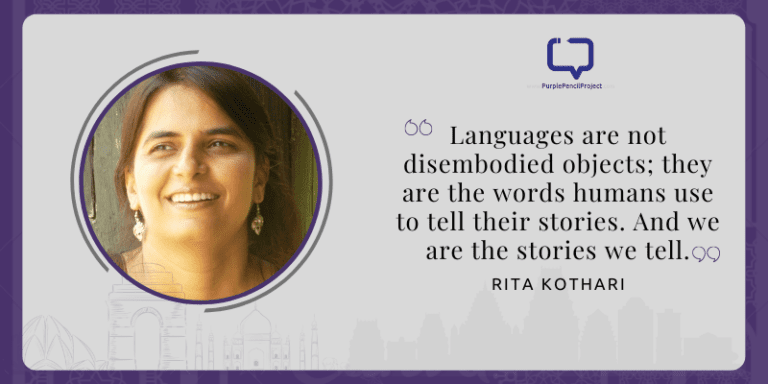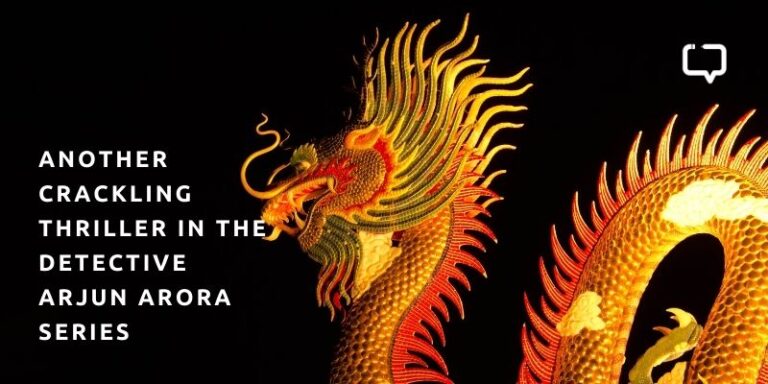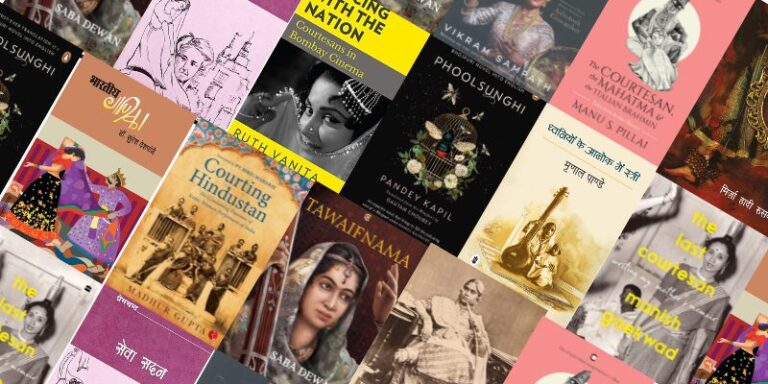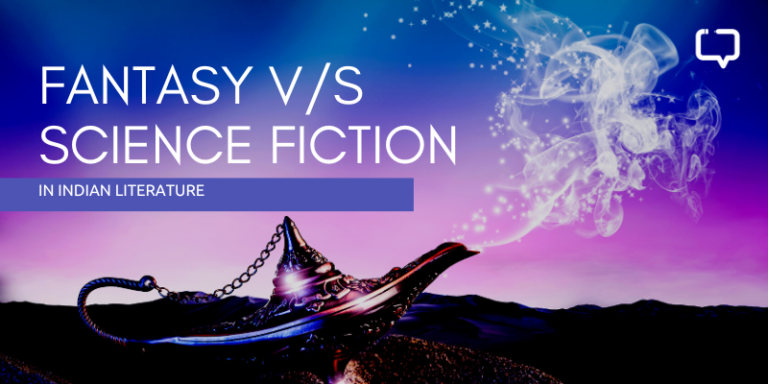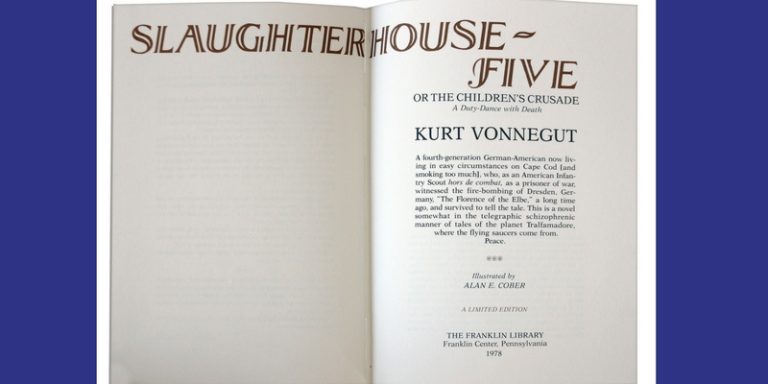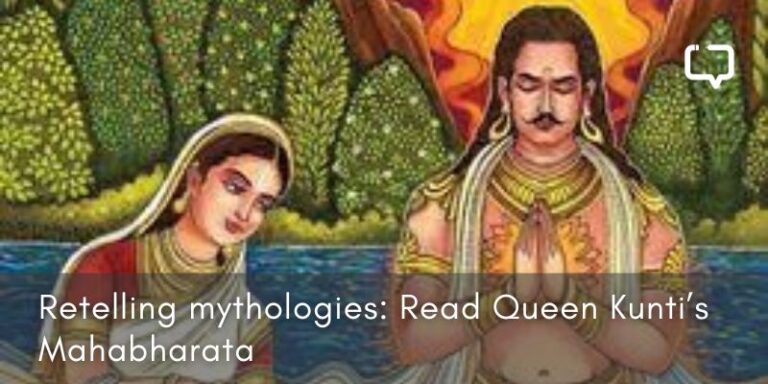“Yeh dagh dagh ujala, yeh gazida seher.
Woh intezar tha jiska, yeh woh seher to nahin
Yeh woh seher to nahin, jiski arzoo lekar
Chale the yaar ki mil jayegi kahin na kahin
Falakk e dasht men taron ke akhri manzil
Kahin to hoga shab e sust mauj ka sahil
Kahin to jake rukega safina e gham e dil.”
–Faiz’s Subah e Azadi
A poem about the betrayal of dreams, Faiz’s Subah e Azadi is the inspiration behind the original Urdu title of Qurratulain Hyder’s second novel, Ship of Sorrows – Safina e Gham e Dil.
We encourage you to buy books from a local bookstore. If that is not possible, please use the links on the page and support us. Thank you.
About the Author
One of the few modernist authors in Urdu literature, Qurratulain Hyder has a knack for experimentation in her novels. Most likely, her experimentations come from her exposure to literature around the globe, like Henry James’ Portrait of a Lady and T.S Eliot’s Murder in the Cathedral, which she has translated into Urdu.
Plot
A beautiful blend of autobiography and fiction, Ship of Sorrows explores the lives of a group of young cousins against the backdrop of the Partition. What distinguishes Ship of Sorrows from others is that the novel doesn’t have a conventional storyline and is, in fact, a complex representation of various elite families and the characters of Ali Fawad, Riyaz, Rahil, Mira and Elmore, as they try to make sense of ideas of ambition, love and ideals in the society.
Narration Style
“Time is falling into eternity, drop by drop.”
It is Hyder’s beautiful surrealist technique that allows her to give an image of time itself that falls drop by drop into the ocean of eternity.
The technique of stream of consciousness is used deftly to tell the story. The reader will often encounter overlapping voices as interior monologues, making it difficult to distinguish one voice from the other. Moreover, Hyder has introduced herself in the novel as a character called Anne Hyder. In the initial pages of the novel, her voice can be heard as the first-person narrator.
Speaking of characters, many of them in this novel are real-life individuals in Hyder’s life. Saleem Kidwai identifies some of these characters when she says, “the novel is peopled with real-life individuals from her circle; not just well-known people like Banne Bhai (Sajjad Zaheer), Mridula Sarabhai, the Gandhian, Rehana Tayyabji, Azuri, the first dancing siren in Bombay films, or other well-known families of the time…”
The Ripples of Partition
“In this crazy game of time, all one needs to do is to forget. Beyond this glass-like silence, dry winds blow in the dark lanes where imagination dwells. In these dark times, our past and future will be preserved simply as notices pinned to a library bulletin board. It will be on one such wintery night that we will finally have to decide.”
Partition has a strong resonance throughout the novel. Hyder’s treatment of the Partition is very different from what the reader might have read in Sadaat Hasan Manto or Ismat Chugtai’s works.
While these authors have weaved together a painful reality of Partition from the point of view of the average man, Hyder shows us the perspective of some privileged families for whom, “from one Gymkhana to the other — Mohammad Bagh Club, Lahore and Karachi Gymkhanas — life was proceeding very smoothly.”
This sets it apart from other Partition novels. Hyder does not treat Partition as a dark picture of rape, bloodshed and torture. She chooses to focus less on the historical aspects of Partition and more on how individual thoughts were shaped around this time.
So while Partition did not have any tangible effect on these elite families, it surely did cause a ripple in the minds of the characters and they are bound to ask, “how does one partition the culture and ideals of an individual?” The characters have their own ways of commenting on the Partition, and what we readers are left with, is a powerful statement:
1947 is another future towards which we want to go by building a bridge across. But the bridge has been blown apart by one single blast. The ulema don’t understand their own arguments. Politicians and philosophers are busy playing bridge with swindlers. I am back under the green trees. We have no experience, and we are so young. The flowers that bloom, protected; the ill-fated leaves that will fall tomorrow; my voice in June.
Conclusion
As Saleem Kidwai beautifully puts it in the introduction to Ship of Sorrows, “[it] is not a ship that is doomed. It is a ship that carries the baggage of broken dreams and wasted lives, yet is a ship that is bound to find a suitable harbour for those not willing to give up on hope.”
A fresh take on the Partition, the novel artistically assimilates the sense of confusion and disillusion with that of hope and new beginnings. It is a must-read!
***












